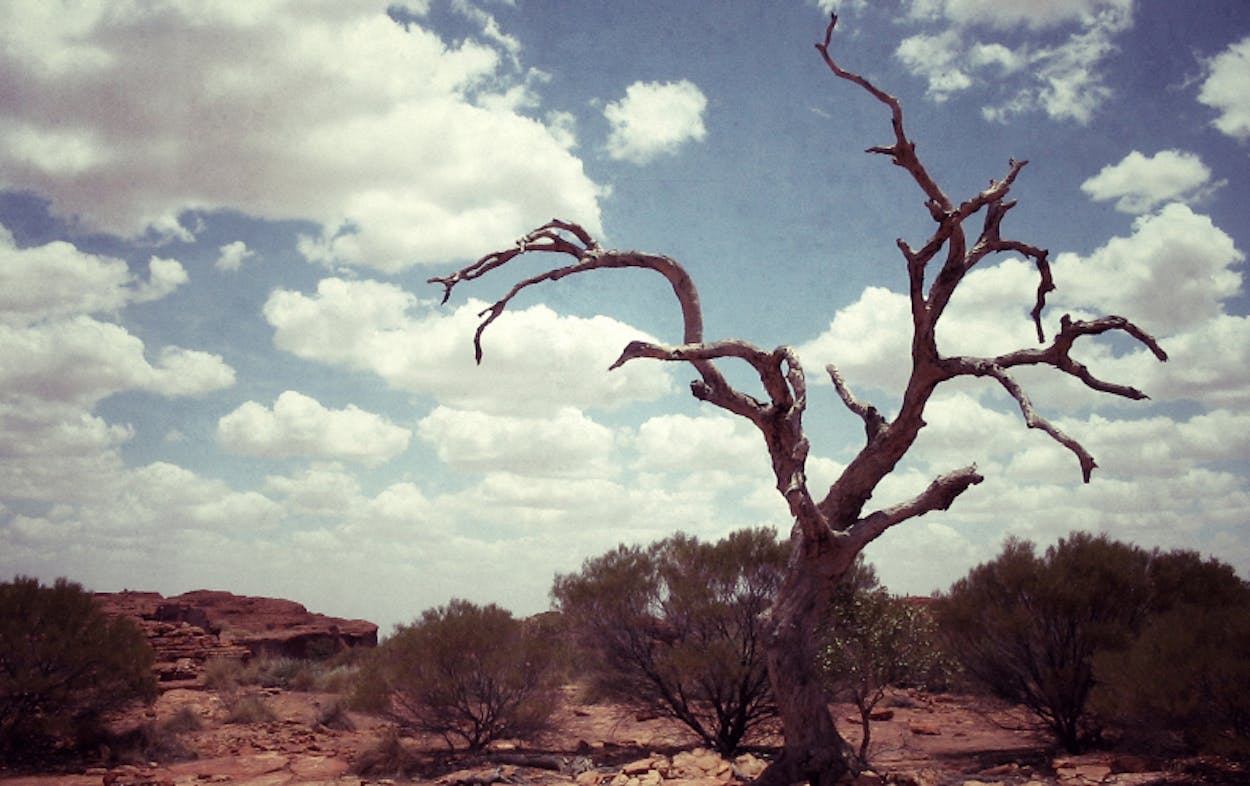Between last year’s unprecedented drought and large wildfires, Texas timber took a tumble, but it only recently became clear just how many trees were affected: The Texas A&M Forest Service recently announced that approximately 301 million trees had died as a result of the severe weather.
The study states that prior to the drought Texas had roughly 4.8 billion trees. The loss of 300 million trees amounts to a 6.2 percent reduction statewide.
The Brazos Valley region–which lies between Austin and Houston and includes Bastrop County, the area devastated by a wildfire that ignited around Labor Day 2011–experienced a 9.7 percent loss, the highest in the state.
The Forest Service’s study is the result of three months of on-the-ground assessments of forest plots scattered across the state and comparison of satellite images taken before and after the drought.
To put the death toll into perspective, TM Daily Post spoke with Chris Edgar, forest service analyst at the Texas A&M Forest Service. Edgar said trees in East Texas typically endure a death rate of less than a one percent, but that number swelled to 4.2 percent in 2011. Data for East Texas is the most accurate as the Forest Service has conducted its forest inventory and analysis there the longest said Edgar.
“That number fluctuates,” said Edgar. “There are large pulses of mortality with hurricanes and other natural events.”
In a year like 2006, when there were no abnormal weather fluctuations or devastating hurricanes to account for, East Texas lost 0.7 percent of its trees. The loss of 6.2 percent across Texas in 2011 is a dramatic increase.
“The drought produced traumatic results, especially for individual landowners,” Burl Carraway, department head for the Texas A&M Forest Service Sustainable Forestry, said in the department’s report.
But Carraway remained optimistic about the future of Texas trees: “The good news is the forest is resilient. When a dead tree falls over, a young, new tree eventually will grow back in its place,” said Carraway. “Tree death is a natural forest process. We just had more last year than previous years.”
Steve Houser, the chair of Dallas’ Urban Forest Advisory Committee, told the Dallas Observer, “The effects of drought and heat last year won’t fully be known for five to 10 years,” he said.
Houser believes the lack of water in 2011 could have caused long-term damage to the root systems of Texas trees, and the resulting damage can not be accurately predicted as of now.






